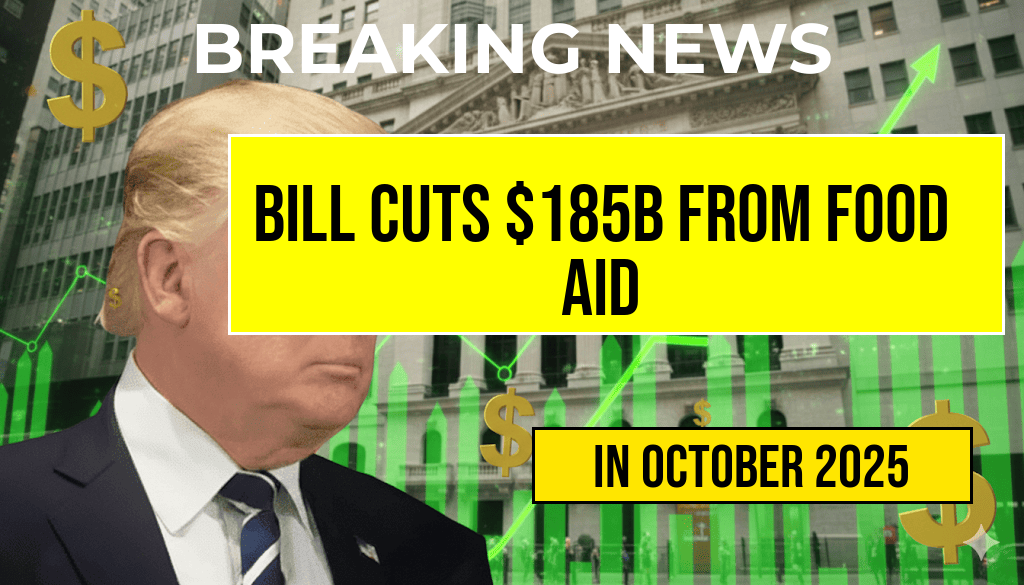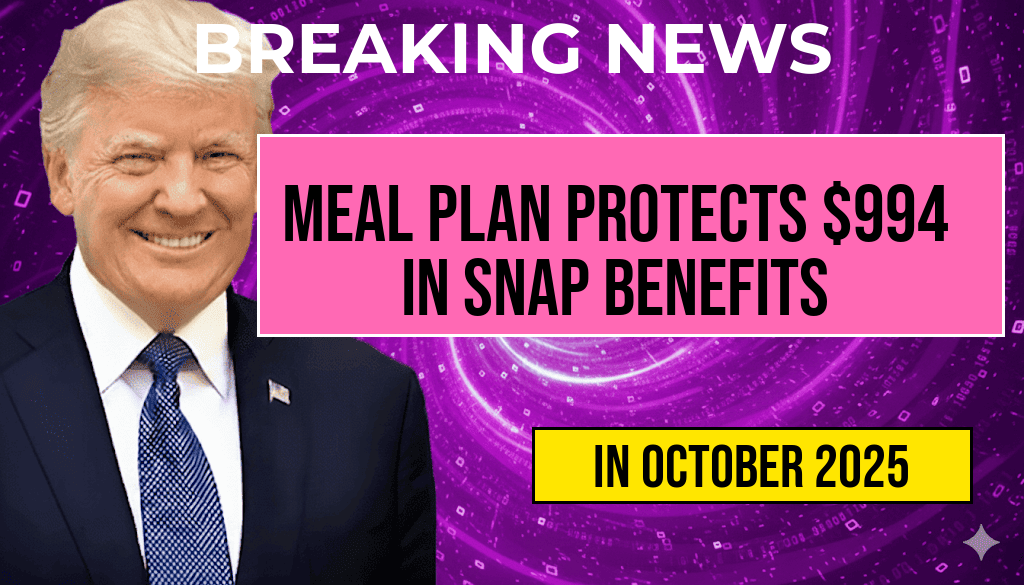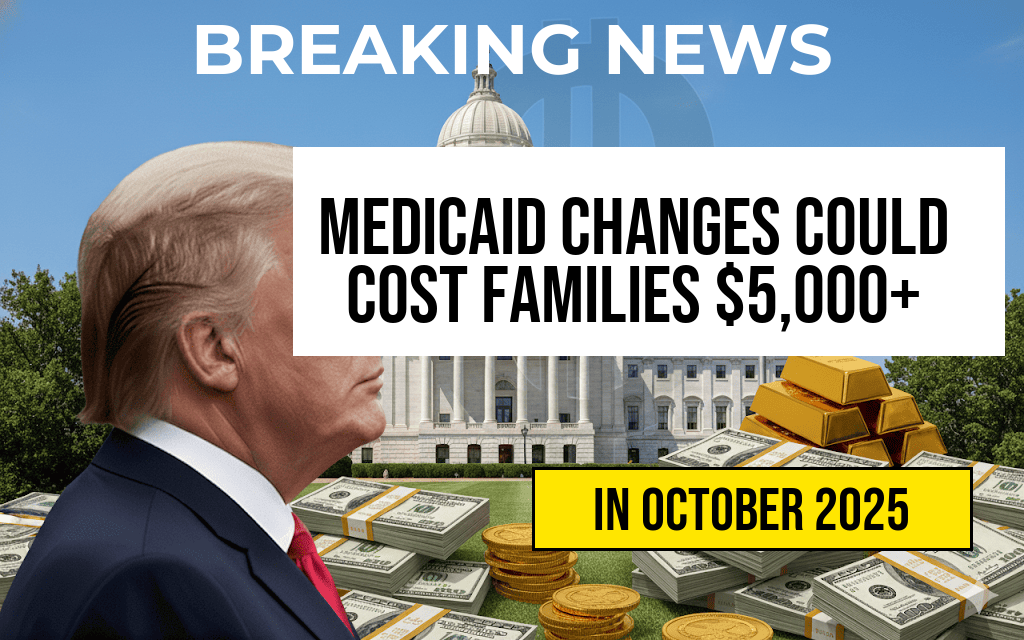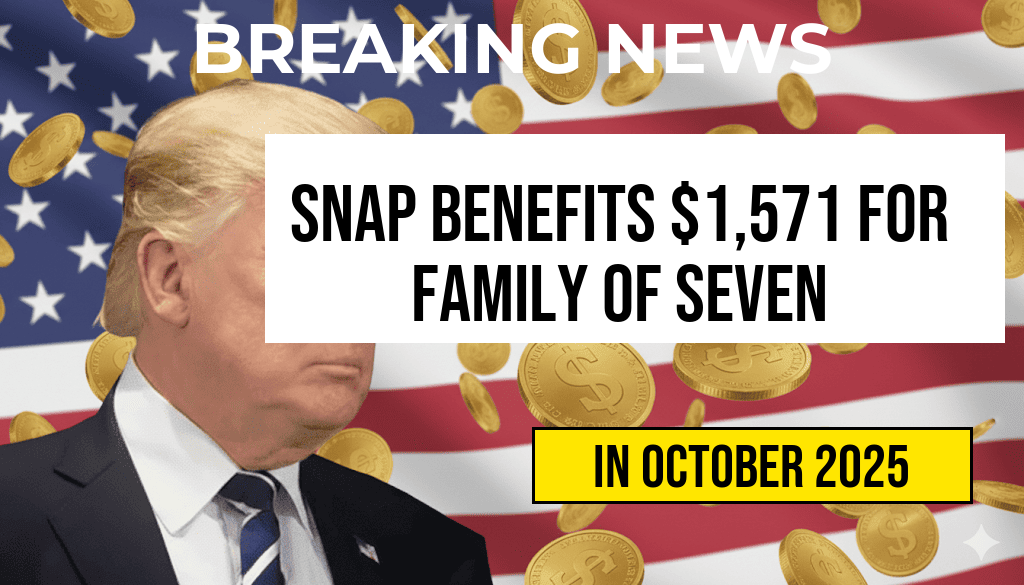In a significant legislative move, recent budget proposals have led to a reduction of $185 billion from food aid programs, raising concerns about the future of nutrition assistance for millions of Americans. This cut directly impacts the Supplemental Nutrition Assistance Program (SNAP), which currently provides an average benefit of $546 per month for two individuals. As lawmakers debate the implications of these cuts, many are left wondering how their food security and nutritional needs will be affected, particularly in light of rising food prices and economic uncertainty.
Understanding SNAP and Its Importance
The Supplemental Nutrition Assistance Program, formerly known as food stamps, is a critical resource for low-income households across the United States. With approximately 42 million participants, SNAP helps families purchase necessary food items, thus alleviating hunger and supporting healthier diets.
Details of the Proposed Cuts
The proposed cuts in food aid stem from ongoing budget negotiations aimed at addressing national debt and fiscal responsibility. Lawmakers have suggested reallocating funds from social safety net programs, including SNAP, to other areas of the federal budget. The 185 billion reduction represents a drastic shift in policy that could severely limit the resources available to vulnerable populations.
Projected Impact on SNAP Benefits
For individuals and families currently relying on SNAP, the proposed cuts could mean a significant decrease in monthly benefits. For example, a household of two receiving an average of $546 may face reductions that could limit their monthly grocery budget, making it more difficult to access nutritious food options.
Who Will Be Affected?
- Low-income families with children
- Senior citizens on fixed incomes
- Individuals with disabilities
- Working families struggling to make ends meet
Broader Economic Implications
The cuts to food aid not only affect individual households but also have the potential to ripple through the economy. When families have less money to spend on food, local grocery stores and markets may see decreased sales, which can lead to job losses and economic decline in communities that rely on these businesses.
Alternatives and Solutions
Advocates for food security are urging lawmakers to consider alternative solutions that do not compromise essential nutrition assistance. Some proposed measures include:
- Increased funding for local food banks
- Expansion of community food programs
- Strengthening partnerships with non-profit organizations
What Can You Do?
For those concerned about the potential cuts to SNAP and their own food security, several actions can be taken:
- Stay informed about local and national policy changes regarding SNAP.
- Engage with local advocacy groups focused on food security.
- Contact your elected representatives to express your views on food assistance programs.
Conclusion
The proposed $185 billion cuts to food aid present a serious challenge for millions of Americans who depend on programs like SNAP. As discussions continue, it is crucial for individuals and families to remain informed and engaged in the conversation surrounding food security. The stability of essential nutrition assistance programs hangs in the balance, impacting not only households but also the broader economy.
For more details on SNAP and food assistance programs, visit the USDA SNAP page or read about the economic implications of food aid cuts on Forbes.
Frequently Asked Questions
What is the total amount cut from food aid in the recent bill?
The recent bill cuts $185 billion from food aid, significantly impacting programs like SNAP.
How will the cuts affect my SNAP benefits for two people?
The reduction in funding may lead to a decrease in your $546 SNAP benefit for two people, resulting in less assistance for food purchases.
What is SNAP and who qualifies for it?
SNAP, or the Supplemental Nutrition Assistance Program, provides financial assistance for food to eligible individuals and families based on income and household size.
Are there any alternatives to SNAP for food assistance?
Yes, there are other programs and community resources available, such as food banks and local food pantries, which can help provide food assistance.
What can I do to cope with the reduced SNAP benefits?
To cope with reduced benefits, consider budgeting your food expenses, exploring community resources, and seeking assistance from local organizations that can help you stretch your food budget.






